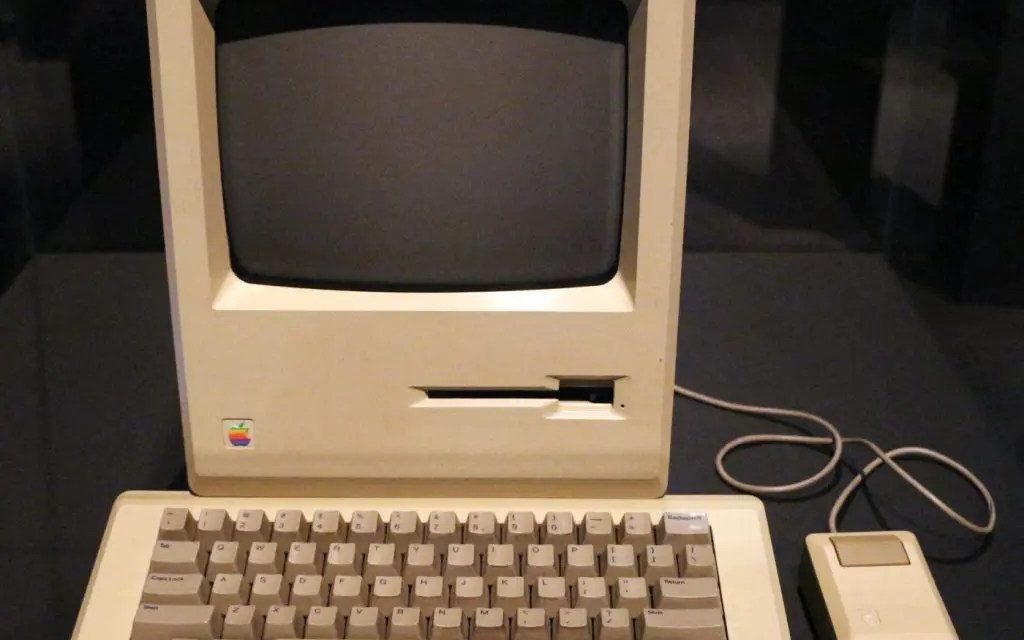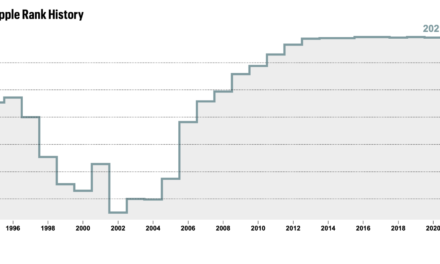Today, January 24 is the 38th annual Macintosh Computer Day, the day each year that honors the unveiling of the very first Macintosh.
On Jan. 24, 1984, Apple unleashed the first personal computer to feature a modern graphical user interface (along with a mouse). At that time, Atari, Compaq, and Commodore were recognized as cutting-edge names in personal computing. It was a hit and, 40 years later, the Mac is still going strong and shows no signs of slowing down.
But before we look at the history, note that there’ll be a live event today that brings together many key members of the original project team, including Bill Atkinson, Steve Capps, Andy Cunningham, Andy Hertzfeld, Bruce Horn, Susan Kare, Dan’l Lewin, and Mike Murray. The event is being hosted by The Computer History Museum, and you can watch live today from 7-9 pm (Pacific).
° 1984: Apple Macintosh 128k
The Macintosh 128K, unveiled in January 1984, is the logical starting point in the story of the Mac. The 128K (referencing the computer’s RAM) featured two serial ports, could accommodate one 3.5-inch floppy disk, and ran Mac OS 1.0. The Mac’s beige case consisted of a nine-inch monitor and the computer came with a keyboard and mouse.
The computer, with its handle built into the top of the case, also played a pivotal role in introducing desktop publishing to the office. And who can forget the TV commercial with its “1984”/ Orwellian theme? This first Macintosh made a bold statement: The personal computer is the future of technology.
° 1985: AppleTalk Networking and Apple LaserWriter
Speaking of desktop publishing, Apple’s Laserwriter and the page layout program Aldus Pagemaker served as the foundation for desktop publishing. Apple’s release of the LaserWriter, its first laser printer, was almost as influential as the Macintosh itself. The LaserWriter brought the personal computer into the graphic design and publishing realm.
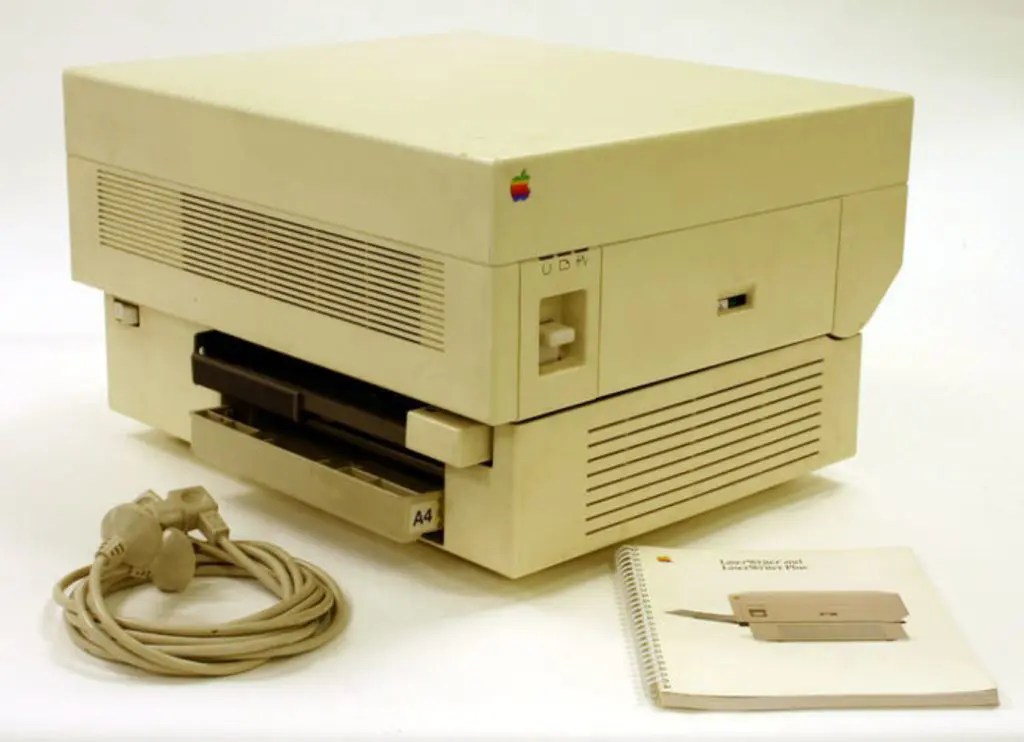
The LaserWriter was part of Apple’s 1985 “Macintosh Office” initiative, which involved new network technology called AppleTalk. Remember: In 1985, computer networking was an unusual undertaking. Apple worked to make it easy to connect Macs to each other using AppleTalk. Apple discontinued the Office campaign later that year, but AppleTalk and LaserWriter lived on.
As a result, designers could mock up pages of text and graphics on a computer rather than typesetting individual pages. AppleTalk networking allowed dozens of Macs to connect to the same printer, hinting at a future of connected computing.
° 1998: iMac and the Push to Downloads
The iMac G3 was daring in the way it looked forward and left the past behind. The physical design, which ultimately influenced competitors’ products, was meant to highlight the boldness Apple took in embracing new technologies such as USB while abandoning the floppy disk and serial ports.
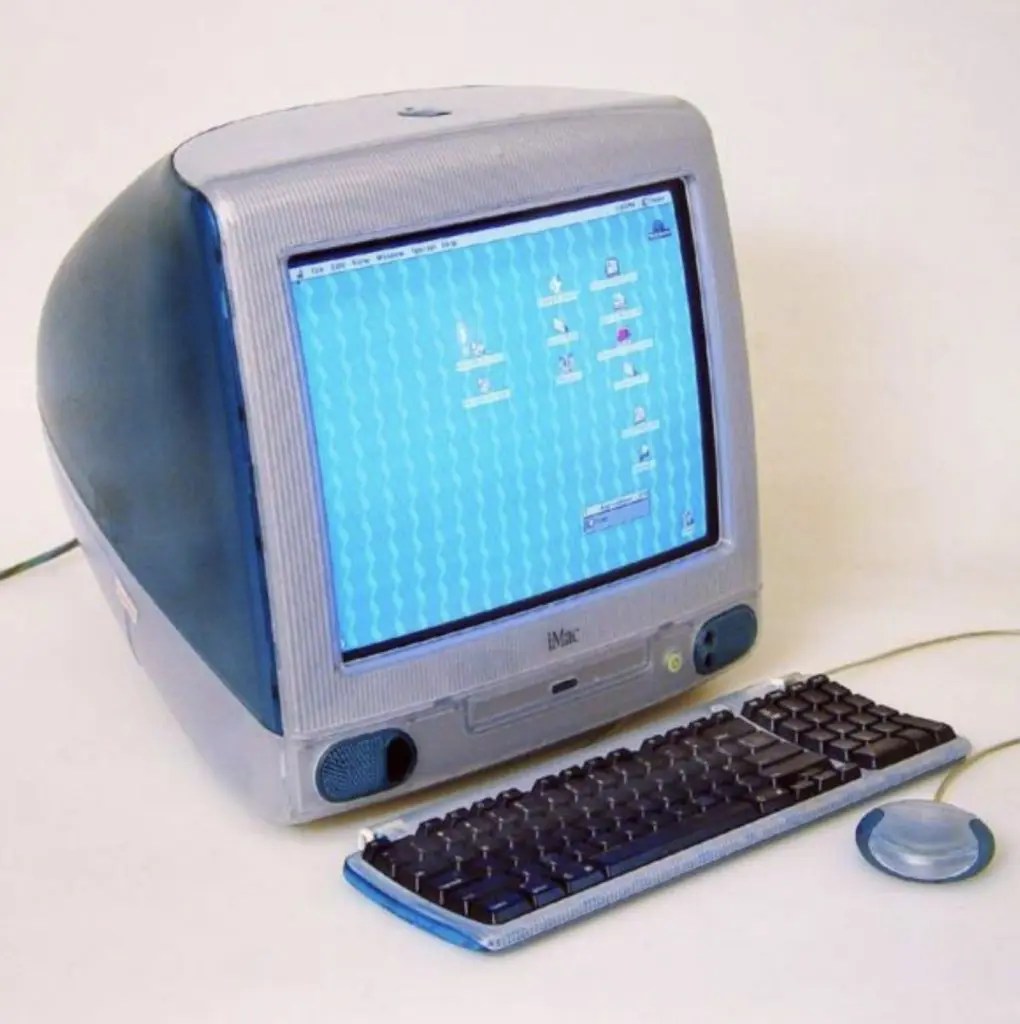
The iMac is also notable because several high-profile projects were killed so that the company could focus on what it deemed to be the future. These projects included: Newton (personal digital assistants), Pippin (open multimedia technology platform), OpenDoc, licensing MacOS (as named at the time) to clonemakers, and The Cube.
Also, many credit the iMac for starting the “i” revolution (internet, individual, instruct, inform, inspire).
2001: OS X
MacOS X, Apple’s operating system, was introduced in 1984 to run the Macintosh line of personal computers. In its marketing efforts, Apple focused heavily on its operating system’s intuitive ease of use. Mac OS X was the official naming through version 10.7, from 2001 to 2011.
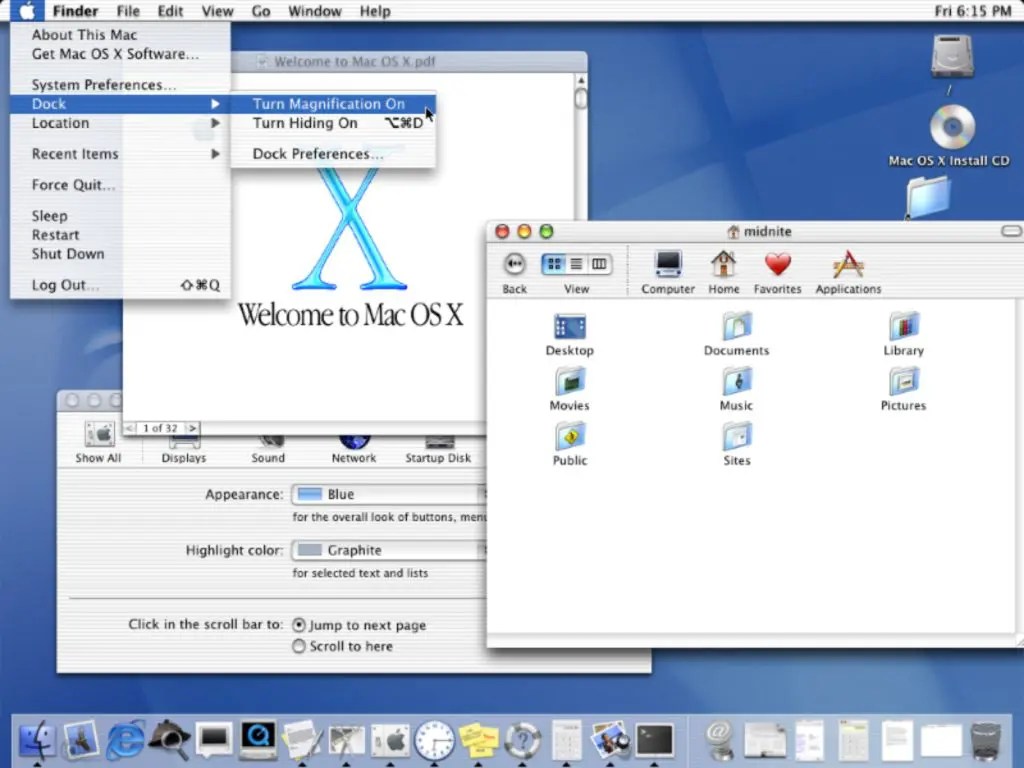
During the next four years, the OS X names were used. The UNIX underpinnings of OS X brought Apple into the modern age of computer operating systems with protected memory, symmetric multiprocessing, etc. Apple then shifted to “macOS” with the release of macOS High Sierra in 2016. This helped standardize the naming of Apple’s operating systems — macOS, iOS, tvOS, iPadOS, etc.
From the original, iconic iMac G3, the all-in-one has gone through several iterations, including the iMac G4, iMac G5, the aluminum iMac, the aluminum body iMac, the slim aluminum body iMac, the iMac with Retina display, and the iMac Pro, to the current 24-inch iMac with Apple Silicon.

And, of course, there have been many other Mac models: desktops such as the Mac Pro, Mac Studio, Mac mini, etc., and laptops such as the iBook, MacBook, MacBook Air, MacBook Pro, etc. And macOS, now up to macOS Sonoma, continues to evolve.
What’s next
Only Apple knows what’s next for the Mac. A 32-inch iMac Pro? A touchscreen Mac. However, in a new piece for WIRED, Steven Levy spoke with five Apple executives on the state of the Mac. They had this to say:
Alan Dye, Vice President of Human Interface Design, says it’s 100% possible that the Apple Vision Pro will influence the Mac, noting that the headset has already been shaped by the PC’s innovations.
He says: The Mac experience already is on Vision Pro,. It’s bringing the Mac experience in your space with the freedom to have your windows anywhere you like,” he says. But I’m assuming that if the Vision Pro is successful, we might see its own interface conventions, like controlling the device without touching anything, migrate Mac-wards.
GregJoswiak, Senior Vice President of Worldwide Marketing: It’s hard to imagine there being an Apple and not having a Mac. It is in our blood—it’s a product that defines who we are.”
Craig Federighi, Senior Vice President of Software Engineering: The Mac has been able to absorb and integrate the industry’s innovations. With each major technology wave, from graphical computing to the internet to even creating tools for mobile, the Mac has taken potential and turned it into intuitive creative tools for the rest of us. With seemingly disruptive waves like spatial computing and AI, the Mac will renew itself over and over.
Article provided with permission from AppleWorld.Today

